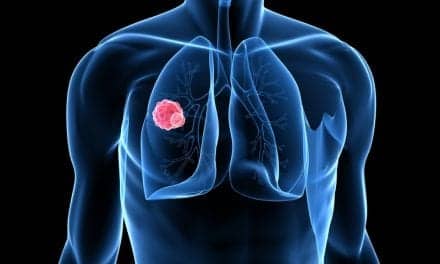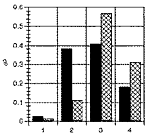
When most people think of air pollution causing respiratory impairment, they think of big cities such as Los Angeles and New York that have high concentrations of smog. However, a Yale University School of Medicine study of 271 children living in Connecticut and the Springfield area of Massachusetts shows that it does not take constantly smog-saturated air to produce what researchers call “a profound effect” on the respiratory symptoms of children who use maintenance medication.
In the study, funded by the National Institute of Environmental Health Sciences, the research team focused on ground-level ozone (an active form of oxygen that is the prime ingredient of urban smog) and fine particulate matter (which includes dust, dirt, smoke, and soot from a variety of natural and man-made sources). While fine particulate matter appeared to have no effect on respiratory symptoms, even concentrations of ground-level ozone well below the federal standard set by the Environmental Protection Agency caused increased shortness of breath and rescue medication use.
“Although the 1-hour average ozone levels in our study were well below the federal standard, statistical analysis revealed that for every 50 parts per billion (ppb) increase in ozone, the likelihood of asthma symptoms the following day increased by more than 35% among asthmatic children on maintenance medication,” says Brian Leaderer, PhD, the Susan Dwight Bliss Professor of Epidemiology at Yale University and principal investigator for the study.
Leaderer and his colleagues conducted monthly interviews with the mothers of the asthmatic children during the spring and summer of 2001. The researchers compared information on each child’s daily wheezing, coughing, shortness of breath, chest tightness, and asthma medication use with daily measurements of ground-level ozone and fine particulate matter provided by the Departments of Environmental Protection of Connecticut and Massachusetts.
Medical professionals turn focus back to patients
At the international scientific assembly of the American College of Chest Physicians (ACCP) in October (CHEST 2003), convocation ceremony speaker Richard S. Irwin, MD, FCCP, president of the ACCP, led hundreds of physicians and health care providers in pledging to revolutionize health care by offering only patient-focused care.
Drafted by Irwin and approved by the ACCP, the pledge serves as the cornerstone for a larger initiative designed to develop interdisciplinary models of patient-focused care for use in hospitals, health care systems, and health care education programs around the country.
“Patient-focused care can mean different things to different people. To me, patient-focused care is the care I want my family to get all the time, and it’s the care you want your family to get,” Irwin says.
The first phase of the initiative will include an interdisciplinary COPD training program with primary care providers. The ACCP also is organizing a symposium with other health care societies, including that of respiratory care.
| • Experimental Trials extend life at reasonable price Clinical trials offer a cost-effective, useful option for non-small cell lung cancer (NSCLC) patients, according to a recent study. The average cost for clinical trial participants was $41,734 and resulted in a median survival of 1.3 years. In contrast, the average cost for patients who received standard treatment was $34,191 and resulted in a median survival of 0.9 years. Insurers may want to take heed of this, according to Wei Du, PhD, who led the study with researchers at the Karmanos Cancer Institute and Wayne State University in Detroit. “In the past, some insurance companies have been reluctant to pay for participation in trials because they considered them expensive without any proven benefit,” Du told Reuters. Du and his colleagues’ research suggests that insurance companies may want to reconsider this policy, especially since noncoverage of lung cancer trials is one of the biggest hindrances to patient participation, according to the Karmanos Cancer Institute. Currently, only 3% to 5% of patients with lung cancer enter clinical trials, according to the institute. The findings of the recently concluded study appeared in the October 2003 issue of Cancer. • Magazine Honors Top Drug Delivery Researcher |










